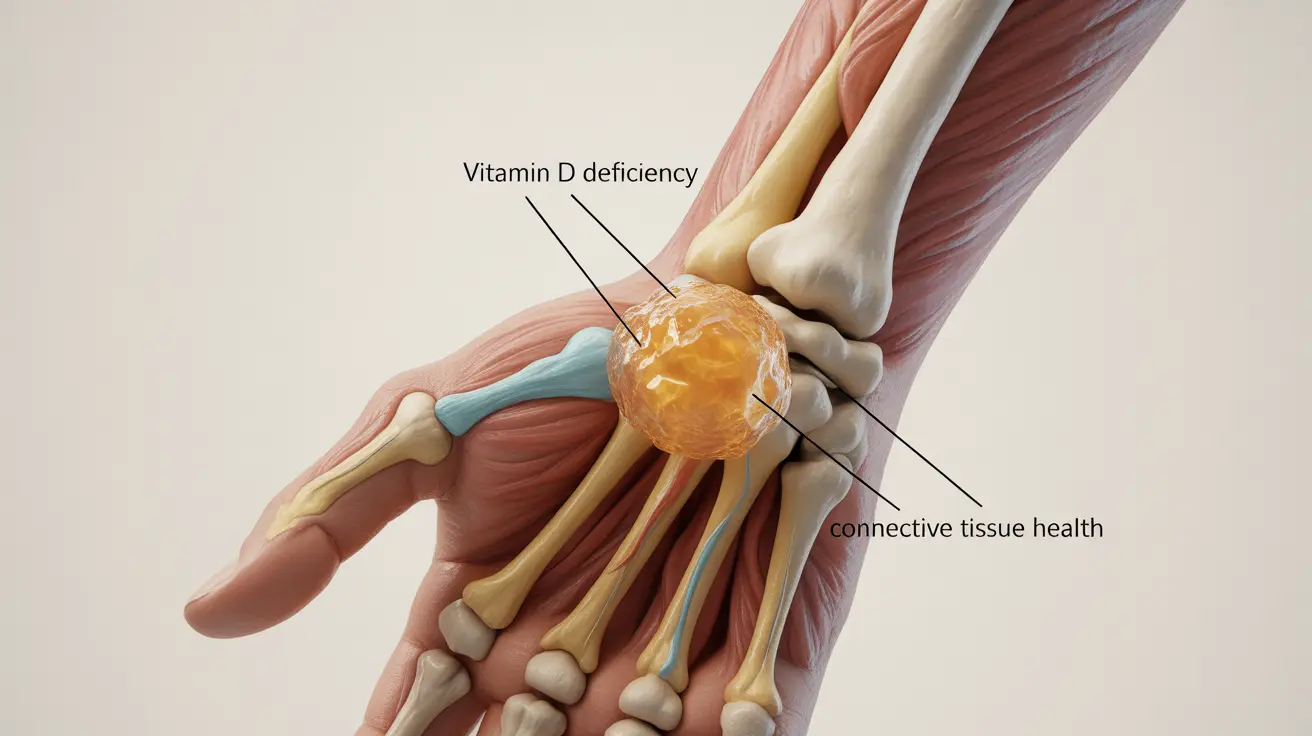Breastfeeding mothers often encounter various challenges during their nursing journey, and one concern that frequently arises is foremilk hindmilk imbalance. This condition occurs when babies receive too much foremilk—the thinner, lactose-rich milk that flows first during feeding—and insufficient hindmilk, which is creamier and contains more fat. Understanding the visual signs, particularly through changes in your baby's stool, can help you identify and address this imbalance effectively.
Recognizing the symptoms of foremilk hindmilk imbalance is crucial for ensuring your baby receives optimal nutrition and experiences comfortable digestion. While this condition is relatively common and treatable, knowing what to look for in your baby's diaper can provide valuable insights into their feeding patterns and overall digestive health.
Identifying Foremilk Hindmilk Imbalance Through Stool Changes
One of the most telling signs of foremilk hindmilk imbalance appears in your baby's bowel movements. When examining foremilk hindmilk imbalance poop pictures or observing your own baby's diapers, several distinctive characteristics may indicate this condition.
Babies experiencing this imbalance typically produce stools that are green in color, often with a frothy or bubbly texture. The green appearance results from the rapid transit of excess lactose through the digestive system, which doesn't allow sufficient time for normal color development. These stools may also appear watery or loose compared to the typical yellow, seedy consistency of normal breastfed baby poop.
The frequency of bowel movements may also increase significantly. Instead of the usual pattern, babies with foremilk hindmilk imbalance might have multiple loose, green stools throughout the day. Some parents describe the smell as more acidic or sour than usual, which occurs due to the fermentation of undigested lactose in the intestines.
Physical Symptoms and Behavioral Changes
Beyond stool changes, babies with foremilk hindmilk imbalance often exhibit various physical and behavioral symptoms that can help parents identify the condition. Excessive gas and fussiness are common complaints, as the high lactose content can cause digestive discomfort and bloating.
Many babies become unusually cranky during or shortly after feeding sessions. They may arch their backs, pull their legs toward their stomachs, or show signs of abdominal cramping. This discomfort stems from the gas production that occurs when excess lactose ferments in the digestive tract.
Feeding patterns may also change noticeably. Babies might nurse frequently but for shorter periods, appearing hungry soon after finishing a feeding session. This behavior occurs because they're not receiving the satisfying, fat-rich hindmilk that normally provides lasting satiety. Some infants may also spit up more frequently than usual.
Understanding the Causes of Imbalance
Several factors can contribute to foremilk hindmilk imbalance, and understanding these causes helps in developing effective solutions. Oversupply of breast milk is one of the most common underlying issues. When mothers produce more milk than their babies need, infants often fill up on the readily available foremilk before reaching the hindmilk.
Frequent switching between breasts during a single feeding session can also create this imbalance. When babies don't spend enough time at one breast, they miss the opportunity to access the hindmilk that comes later in the feeding. Similarly, scheduled feeding routines that don't allow babies to completely empty one breast before moving to the other can contribute to the problem.
Some mothers experience forceful letdown reflexes, which can cause babies to receive large amounts of foremilk quickly. In these cases, infants may become full before they have a chance to stimulate the release of hindmilk through continued sucking.
Effective Management and Prevention Strategies
Addressing foremilk hindmilk imbalance typically involves adjusting feeding techniques and patterns. One of the most effective approaches is block feeding, where mothers offer only one breast per feeding session or for a specific time period, such as 2-3 hours. This technique ensures that babies have adequate time to access the hindmilk from each breast.
Before beginning a feeding session, mothers can express or pump a small amount of foremilk to help their babies access the hindmilk more quickly. This technique is particularly helpful for mothers with oversupply issues or forceful letdown reflexes.
Positioning changes can also make a significant difference. Laid-back or reclined nursing positions can help slow down milk flow, allowing babies to better control their intake and access hindmilk more effectively. These positions use gravity to regulate milk flow naturally.
Ensuring that babies completely finish feeding from one breast before offering the other is another crucial strategy. This approach allows infants to progress through the entire milk composition cycle, from foremilk to hindmilk, during each feeding session.
When to Seek Professional Help
While foremilk hindmilk imbalance is often manageable with home strategies, certain situations warrant professional intervention. Persistent symptoms that don't improve after implementing feeding changes for several days should prompt consultation with a healthcare provider or lactation consultant.
If babies show signs of poor weight gain, dehydration, or extreme fussiness that interferes with daily routines, professional evaluation becomes essential. Healthcare providers can rule out other potential causes of digestive distress and provide personalized guidance based on individual circumstances.
Lactation consultants offer specialized expertise in breastfeeding challenges and can observe feeding sessions to identify specific issues contributing to the imbalance. They can provide hands-on guidance with positioning, timing, and other techniques that may not be apparent through written instructions alone.
Frequently Asked Questions
What are the common symptoms of a foremilk and hindmilk imbalance in breastfed babies?
The most common symptoms include green, frothy stools, excessive gas, fussiness during or after feeding, frequent bowel movements, and babies who seem hungry shortly after nursing. Many infants also experience abdominal discomfort, demonstrated through back arching, leg pulling, or general irritability. Additionally, babies may nurse frequently but for shorter durations and may spit up more than usual.
How can I tell if my baby's green, frothy poop is caused by foremilk and hindmilk imbalance?
Green, frothy poop associated with foremilk hindmilk imbalance typically has a bubbly or foamy texture and occurs more frequently than normal bowel movements. The stool often has a more acidic smell and watery consistency compared to typical yellow, seedy breastfed baby poop. This symptom, combined with excessive fussiness, frequent nursing, and signs of digestive discomfort, strongly suggests foremilk hindmilk imbalance rather than other digestive issues.
What feeding techniques help prevent or fix a foremilk/hindmilk imbalance?
Block feeding is the most effective technique, where you offer only one breast per feeding session or for 2-3 hour blocks. Other helpful strategies include expressing small amounts of foremilk before nursing, using laid-back nursing positions to slow milk flow, and ensuring babies completely empty one breast before switching. Avoiding frequent breast switching during single feeding sessions also helps babies access more hindmilk.
Can foremilk/hindmilk imbalance cause digestive discomfort or poor weight gain in infants?
Yes, foremilk hindmilk imbalance can cause significant digestive discomfort due to excess lactose fermentation, leading to gas, bloating, and abdominal cramping. While some babies may continue gaining weight normally, others might experience slower weight gain because they're not receiving the calorie-dense hindmilk needed for optimal growth. The high lactose content without sufficient fat can leave babies feeling unsatisfied and requiring more frequent feedings.
When should I see a pediatrician or lactation consultant about my baby's stool and feeding issues?
Consult a healthcare provider if symptoms persist after trying feeding modifications for several days, if your baby shows signs of dehydration, experiences poor weight gain, or displays extreme fussiness that disrupts daily routines. Additionally, seek professional help if you're uncertain about the cause of digestive symptoms or need hands-on guidance with breastfeeding techniques. Lactation consultants can provide specialized support for feeding challenges, while pediatricians can rule out other medical conditions.




